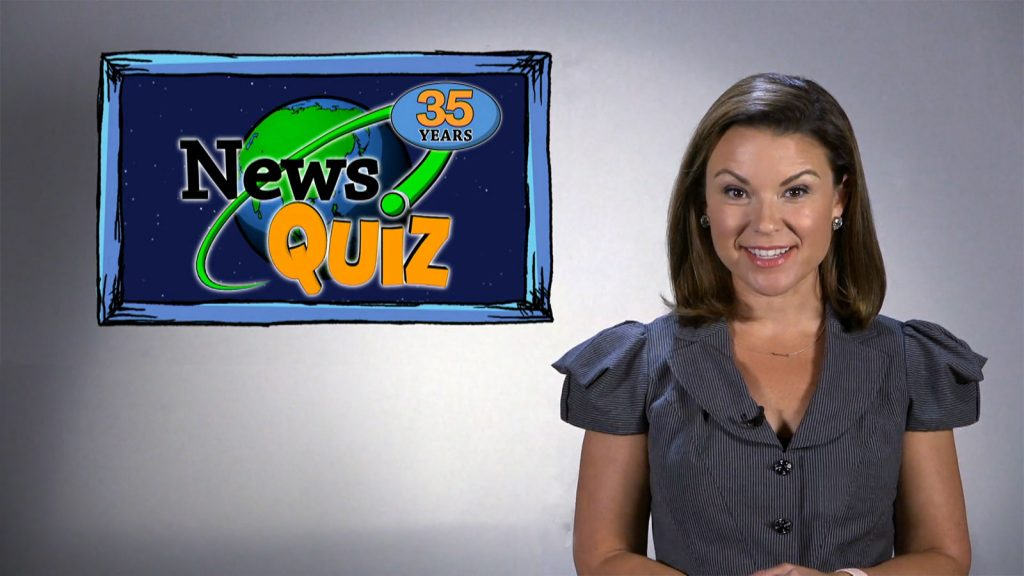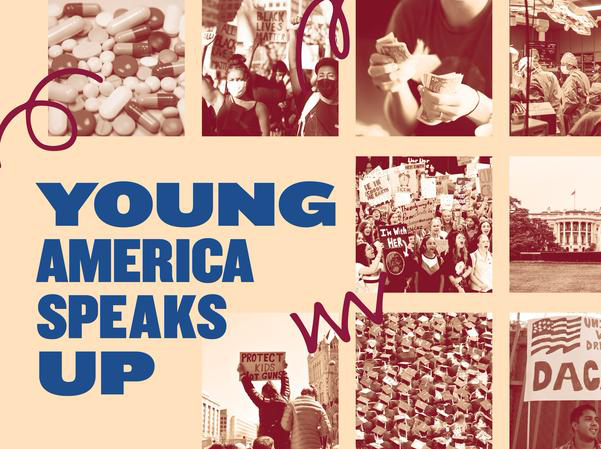The following post is part of a series springing from the Cooney Center’s joint initiative with the Corporation for Public Broadcasting, By/With/For Youth: Inspiring Next Gen Public Media Audiences. This is a project aimed at exploring the role of public media in the lives of young people by taking stock of the current landscape and imagining a future that public media can build alongside teens and tweens. With that in mind, we are inviting public media practitioners who are already experimenting and exploring with young audiences to reflect on their experiences and share their perspectives. We hope these posts will spark conversation, provide direction and resources, and raise up examples of the innovative work that public media stations across the country are creating to engage the next generation.
As students and educators returned to a very different school experience this fall, my colleagues and I at KET continued doing what we always do—searching for ways to make teaching and learning easier and more accessible for all Kentuckians. Our goal is to create resources and tools that help students make connections between formal instruction and what’s happening in their everyday lives while bringing them closer to their teachers, classmates, and the world around them.
But helping Kentuckians feel connected was a priority at KET long before the pandemic. KET serves the entire state of Kentucky, and our mission is to strengthen its communities by educating, inspiring, informing, and connecting its citizens. Because of our statewide reach, we serve countless unique, often isolated communities, whether in the inner-city areas of Louisville or the mountainous towns of Eastern Kentucky.

News Quiz, our long-running show for tweens and teens, is one example of how KET meets this goal. Designed specifically for students in grades 4-8, News Quiz strives to provide reliable current events coverage without unnecessary stress and anxiety in a time when news can be scary and confusing. The weekly show is built around a quiz drawn from state, national, and international news stories—stories featuring standards-based content designed to engage students while helping them understand and interpret current events.
The communities and classrooms that KET serves are often not only isolated by geography. Poverty also plays an important role, even in heavily populated areas—and now during the pandemic students from every walk of life might be feeling even further cut off. Keeping students informed about current events by tying the news to topics they’re already learning about in school, or experiencing in their daily lives can diminish some of that isolation.
Many younger students don’t watch the news at home, and even if they do, it’s produced for an older audience. News Quiz offers high-interest stories in an age-appropriate form that create a global awareness for both rural and urban students. Teachers appreciate how the show connects topics in their social studies curriculum to students’ real lives in an authentic way. A fourth-grade teacher in Eastern Kentucky told us, “Some of our students never leave the confines of our town, but News Quiz expands their frame of reference for 20 minutes a week.”
News Quiz has stayed true to its format over its 36 seasons, but one thing that did change in the past several years was its delivery method. The weekly show moved from broadcast in Kentucky only to online delivery and now lives within PBS LearningMedia where it’s available to anyone for free. It’s clear that the service and connection we facilitate are appealing to teachers and students everywhere.
Each episode gives students an opportunity to send us opinions about a particular prompt—our Opinion Question—and the possibility to have their response read on the show. Since our audience has grown, this segment has become one of our most popular. We typically receive thousands of responses to each question. Giving student opinions an authentic national and even international audience each week validates what matters to them. It also shows that not everyone their age thinks the way they do and models a diversity of thought. A fifth-grader in Eastern Kentucky might share something as simple as a favorite book with a seventh-grader in the Dominican Republic, or as serious as the struggle to access clean water with a fourth-grader in Michigan.
News Quiz is first and foremost made for Kentucky students, but it has grown a much larger audience. As public media organizations design resources for tweens and teens in their own unique service areas, we should keep in mind that students need to connect with a variety of peers, not just those down the street.
The isolated communities in our service areas often have an even greater need for this connection. Public media is poised to facilitate equitable and diverse conversations between young people. When students realize they share common goals, ideas, hardships, or successes with students on the other side of the country or world, public media is one step closer to empowering and bringing a new generation together to strengthen their own local, and perhaps even global, communities for themselves.
 Allison NeCamp Day is the Instructional Resource Services Specialist at Kentucky Educational Television (KET), the nation’s largest statewide public broadcasting network. Allison manages the use and administration of KET’s substantial PBS LearningMedia presence, in addition to developing, implementing, and promoting P-12 instructional projects for Kentucky’s teachers and students. Allison is also an education advisor, editor, and writer for KET’s nationally-distributed current events program, News Quiz. She holds a B.F.A. in Art Studio from the University of Kentucky and lives in Lexington with her husband, twin girls, Labrador, and two cats.
Allison NeCamp Day is the Instructional Resource Services Specialist at Kentucky Educational Television (KET), the nation’s largest statewide public broadcasting network. Allison manages the use and administration of KET’s substantial PBS LearningMedia presence, in addition to developing, implementing, and promoting P-12 instructional projects for Kentucky’s teachers and students. Allison is also an education advisor, editor, and writer for KET’s nationally-distributed current events program, News Quiz. She holds a B.F.A. in Art Studio from the University of Kentucky and lives in Lexington with her husband, twin girls, Labrador, and two cats.




